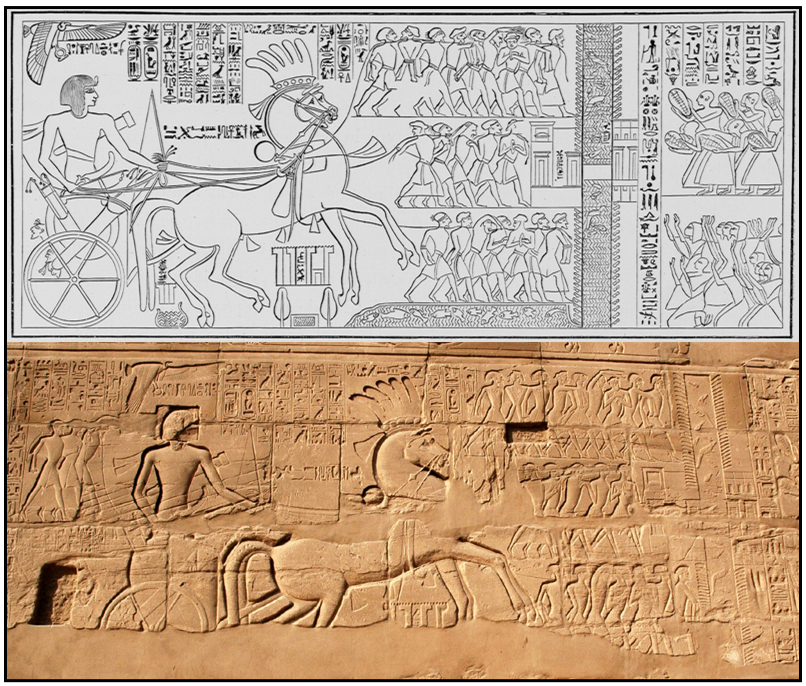A newly uncovered inscription in southern Egypt is stirring global excitement among archaeologists and biblical scholars alike, as it may contain the oldest known non-biblical reference to the figure of Moses, the central prophet of Judaism, Christianity, and Islam.
The inscription, discovered at an excavation site near the ancient city of El-Hiba, appears to date back to the 13th century BCE a timeline that aligns with many scholarly estimates for the Exodus era. Written in a form of early hieratic script, the fragment includes a reference to a Semitic leader named “Mesha” or “Moshe,” who is described as leading a group of people fleeing servitude under a powerful king, possibly Pharaoh Ramses II.
Dr. Noura El-Khatib, a senior Egyptologist at Cairo University and one of the lead researchers on the project, said, “The parallels to the Exodus account are compelling, though we remain cautious in our interpretation. If confirmed, this could be the earliest extra-biblical reference to Moses ever discovered.”
The text also mentions a “desert god” and a “pillar of cloud,” phrases that echo biblical descriptions of the Israelites’ journey through the wilderness. Experts emphasize that while direct confirmation is premature, the linguistic and historical clues are too significant to ignore.
Biblical archaeologist Dr. Samuel Levine of Tel Aviv University noted, “This finding, if validated, may bridge the longstanding gap between biblical tradition and archaeological record. It doesn’t prove the Exodus, but it gives fresh reason to revisit its plausibility with renewed seriousness.”
The inscription is currently undergoing further analysis, including radiocarbon dating and comparative translation studies. The Egyptian Ministry of Antiquities has placed the site under increased protection as scholars from around the world seek to study the discovery firsthand.
While debates are sure to follow, one thing is clear: this ancient inscription has reopened age-old questions about the historicity of Moses and could be a key that unlocks deeper understanding of one of history’s most mysterious eras.
source:thecatholicherald.com
